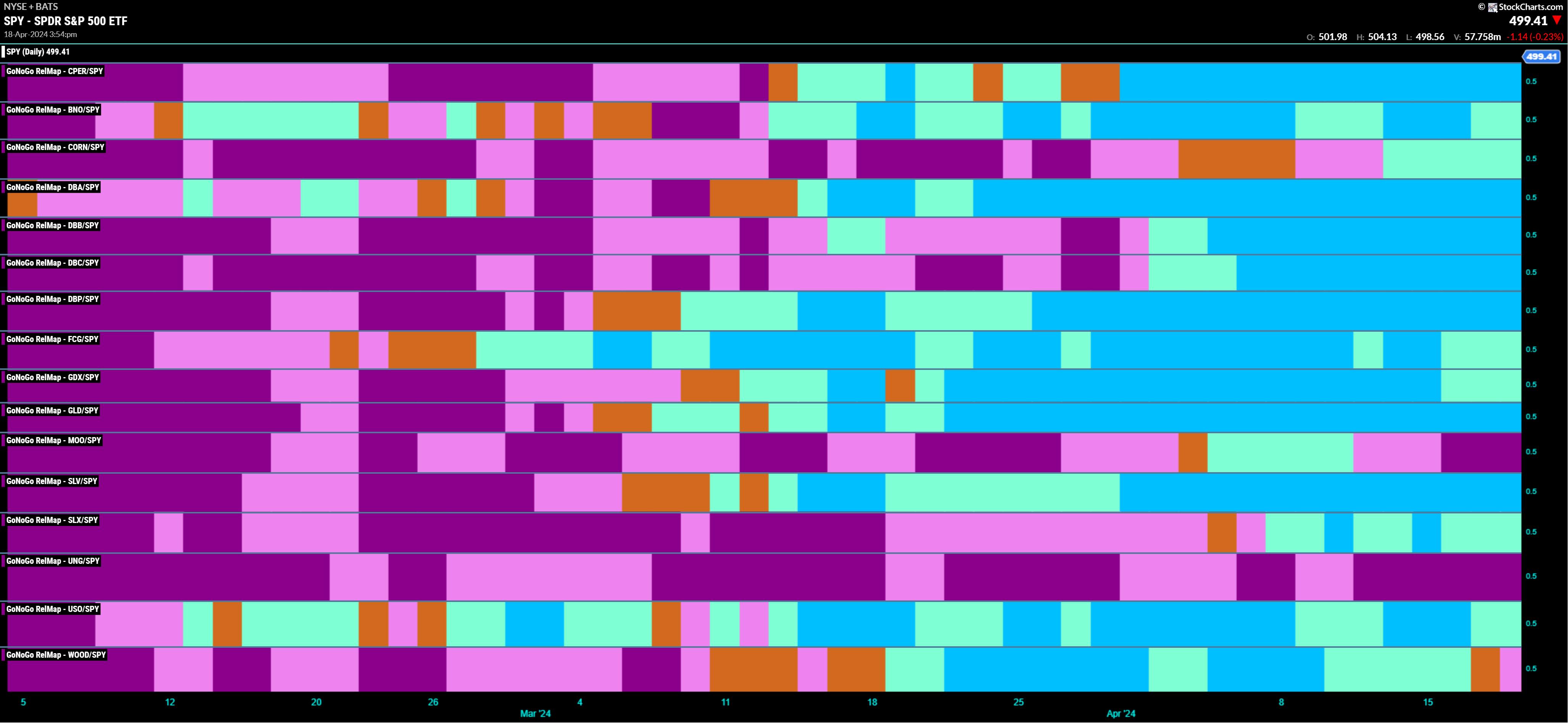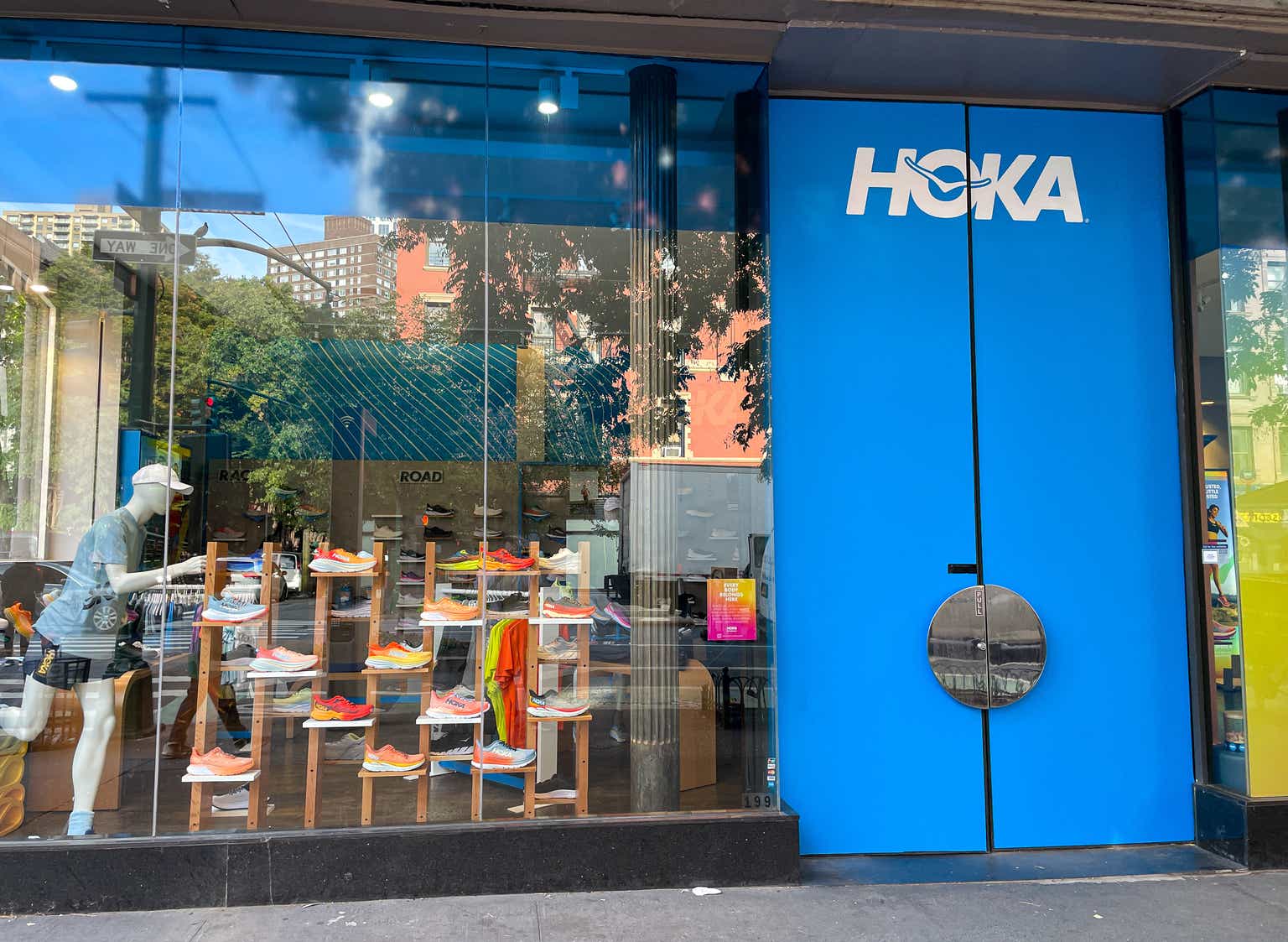Check out GameStop’s automated mobile device evaluation program

GameStop has been partnering with B-Stock for over a decade to sell a large selection of used mobile devices, tablets, and wearables through their B2B marketplace. GameStop Wholesale. Since its launch, the marketplace has helped sell tens of millions of devices to corporate buyers around the world, enabling GameStop to maximize pricing and volume.
Much of the success in the marketplace can be attributed to consistent grading standards and quality assurance, which historically were done manually. However, GameStop recently decided to invest in automated device grading to ensure better standards for all trade-in devices. After working with The Phoenix Group, this process now combines advanced automated robotic inspection with meticulous manual inspection to ensure that every device meets the highest standards before it reaches the buyer.
To learn more, we sat down with Jon Haes, GameStop’s vice president and head of pre-owned operations, and asked him a few questions about this new initiative..
To set the stage, it might be a good idea to go into a little bit about how a typical trade-in transaction with GameStop works. How does GameStop acquire the device in the first place?
JH: “We purchase devices through our in-store trade-in program, where we collect detailed device information at the time of trade-in. We assess the condition of the device through manual grading and functional testing in-store. Our system then provides a trade-in value based on this assessment.”
How is in-store testing conducted?
JH: “In-store testing is comprehensive and consists of over 20 different tests. This includes checking Find My iPhone (FMIP) status, checking all component connections, and assessing battery health levels. The test results are then stored in the system and associated with the device’s serial number.”
How can customers receive their payments?
JH: “Customers have the flexibility to choose whether to receive cash or store credit for their trade-in. The store credit has a higher value than cash, which encourages customers to make future purchases at GameStop. This allows customers to choose the option that best suits their immediate needs.”
How do devices get to the central processing facility for the next step?
JH: “The stores ship to our Refurb Operations Center, also known as ROC, on a weekly basis. This ensures that the units are efficiently transported to our central processing facility and sold from B-Stock to our customers as quickly as possible after a trade-in.”
What was the evaluation process like leading up to this new initiative for GameStop’s automated investment and partnership with Phoenix Group?
JH: “Prior to this new automation investment, GameStop’s grading and fulfillment process relied on manual inspections performed by employees. The decision to invest in automation while maintaining consistent standards was driven by the need for improved consistency and to mitigate the impact of the human element on the quality of the inspection process. When people simply grade, honest mistakes can occur, such as missing a small scratch on a phone screen or a tiny chip in the corner of a tablet. The results from the automated system have shown significant improvements and a positive return on investment.”
How did GameStop first learn about Phoenix Group and how did it become involved?
JH: “We first learned about Phoenix Group through market research while evaluating several vendors. We chose Phoenix Group because their services and solutions best suited the needs and requirements of our business.”
Was GameStop immediately attracted to this technology? Was there a pilot program?
JH: “We were already familiar with the technology when we engaged with Phoenix Group, having previously run pilot programs with other vendors. Phoenix Group was able to effectively demonstrate its quality during demos and initial pilot runs, which solidified our decision to proceed with them.”
How are device ratings assigned and recorded?
JH: “During the receiving phase, the system reads and prints the device’s serial number from the sticker, which serves as an indicator for scanning throughout the process. The software also records other device information, including the model, IMEI, memory size, FMIP status, device carrier, and carrier blacklist status. This information is stored in the system and linked to the device’s serial number.
At the final station, the system combines the functional test results, the received device information, and the robot rating. Using the rating table, the system calculates and determines the final rating result for each device.”
What exactly does a robotics system consider when evaluating equipment?
JH: “Our robotic systems in our production facility focus solely on cosmetic grading, as we already have a comprehensive testing solution in place at the shop level. The robotic grading process identifies scratches, dents, and cracks on the chassis, as well as dents and damage.”
Does GameStop adhere to industry standardized rating systems?
JH: “We determine our rating criteria by referencing and comparing industry standard rating criteria, including market benchmarks such as CTIA and others. While we base our criteria on these criteria, we are open and willing to share our rating criteria with our customers.”
Besides ratings, what other tasks are these robots currently doing at GameStop?
JH: “In addition to grading, robots are now handling tasks such as physically cleaning the devices, organizing them and sterilizing them before packaging them for resale.”
How does GameStop measure the success of these launches?
JH: “We measure the success of this launch based on customer feedback and data, which reflects customer retention rates. We also review Return Merchandise Authorization (RMA) metrics to assess performance and identify areas for improvement.”
Can you give us some numbers on how this automation initiative is improving performance?
JH: “One of the key indicators of the success of our automation and robotics initiatives is the consistency of our ratings results, which has been highlighted as the most common feedback we receive from our customers. This consistency has been critical to improving our overall performance and customer satisfaction.”
What tasks does GameStop plan to automate in the near future?
JH: “We are currently exploring opportunities to further automate our processes to drive efficiency. This includes tasks related to packing, sorting and transporting within our facility. However, any changes will only be implemented if there is a strong business case.”
Where do you see this automation initiative going forward, both at GameStop and across the mobile secondary market?
JH: “For GameStop in particular, we expect the continued development and expansion of automation and robotics to further increase the efficiency of our fulfillment operations. This will further improve the quality of our service and provide opportunities to expand into additional products.
The adoption of automation and robotics across the mobile secondary market is likely to set new standards for efficiency and accuracy in device grading and processing. This trend could encourage other market players to invest in similar technologies, leading to widespread improvements across the entire industry.”
How has the relationship between GameStop and B-Stock changed recently? How has this automation initiative impacted these partnerships?
JH: “Automation and robotics initiatives have strengthened our partnership with B-Stock by increasing our processing capabilities and overall efficiency. These alignments benefit both our own operations and our partnership by enabling us to deliver more consistent and reliable trade-in solutions. They also open up opportunities to integrate our systems with B-Stock’s, improving accuracy and efficiency across the end-to-end process.”
Any final words about GameStop’s operations, mission, goals or future when it comes to selling on the used mobile device market?
JH: “We are excited about the progress we have made in this space. Automated robotic grading and device cleaning ensures consistency for our customers, and our partnership with B-Stock allows us to leverage our best-in-class platform to deliver value when reselling products at GameStop. We see the mobile category as a key growth area for the company, and the processing advancements and partnerships in this space provide a solid foundation on which we can continue to rely to drive our business forward.”
***
Watch the video for an inside look at the rigorous multi-point testing each device undergoes to ensure accurate and reliable grades.
Visit us to learn more about B-Stock’s B2B resale solutions for used and pre-owned mobile devices, wearables and tablets. Page for mobile sellers.



